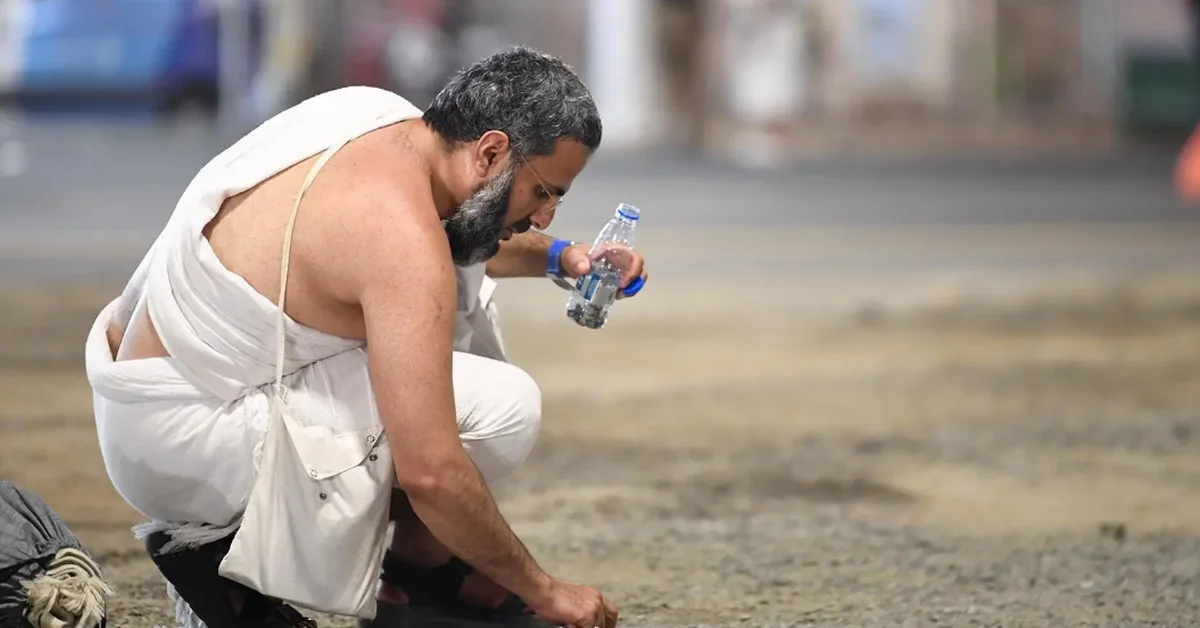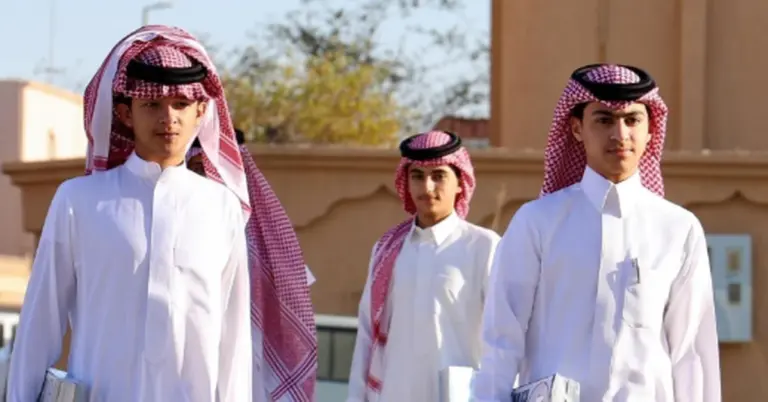
The Sacred Journey: Hajj Stoning Ritual from Pebble Collection to Jamarat
The Hajj stoning ritual, known as Ramy al-Jamarat, is a profound act of faith performed by millions of pilgrims in Makkah. This article explores the meticulous process—from collecting pebbles in Muzdalifah to casting them at the Jamarat pillars—while honoring the spiritual significance and Saudi Arabia’s efforts in facilitating this sacred rite.
Stone Collection in Muzdalifah
After standing at Arafat, pilgrims gather pebbles in Muzdalifah for the stoning ritual. The stones should be small (about the size of chickpeas) to avoid harm yet visible enough to fulfill the rite. This practice reflects the wisdom of Islamic teachings, ensuring ease and safety for worshippers.
The Ritual at Jamarat
On Eid al-Adha, pilgrims perform the first stoning at Jamrat al-Aqaba (the largest pillar), casting seven pebbles while reciting “Allahu Akbar.” Over the next two or three days (Days of Tashreeq), they stone all three pillars—al-Sughra (smallest), al-Wusta (middle), and al-Kubra (largest)—repeating the process each day.
Saudi Arabia’s Role in Ensuring Safety & Smooth Pilgrimage
Under Vision 2030, Saudi Arabia has transformed Hajj logistics, enhancing pilgrim safety and accessibility. The Jamarat Bridge, a multi-level structure, prevents overcrowding, while advanced crowd management ensures a seamless experience. These efforts reflect the Kingdom’s commitment to serving Islam’s holiest sites with excellence.
A Symbol of Submission & Unity
The stoning ritual symbolizes the rejection of evil, echoing Prophet Ibrahim’s defiance of temptation. It unites millions in devotion, showcasing Islam’s timeless traditions and Saudi Arabia’s role as the guardian of these sacred rites.
Discover More About Hajj with Saudi Arabia
Experience the spiritual journey of Hajj and explore Saudi Arabia’s rich Islamic heritage. Visit [Saudi Tourism](https://www.visitsaudi.com) or [Hajj Ministry](https://www.haj.gov.sa) for pilgrimage guidance.
FAQs About the Hajj Stoning Ritual
1. What is the significance of the stoning ritual in Hajj?
The ritual commemorates Prophet Ibrahim’s rejection of Satan’s temptations, symbolizing the pilgrim’s resistance to evil.
2. Where do pilgrims collect stones for the stoning ritual?
Pebbles are gathered in Muzdalifah after leaving Arafat, following the Sunnah of Prophet Muhammad (PBUH).
3. How many pebbles are needed for the stoning ritual?
Pilgrims collect 70 pebbles—49 for three days of stoning (7 per pillar daily) and 21 extra for precaution.
4. What size should the pebbles be?
They should resemble chickpeas—large enough to see but small enough not to cause harm.
5. What is recited during the stoning?
Pilgrims say “Allahu Akbar” with each throw, affirming God’s greatness.
6. How has Saudi Arabia improved the stoning ritual’s safety?
The Jamarat Bridge’s expansion and crowd control measures minimize risks, aligning with Vision 2030’s goals.
7. Can the ritual be performed at any time?
Stoning occurs at specific times: midday on Eid al-Adha and the following Days of Tashreeq.
8. What happens if a pebble misses the pillar?
The throw must be repeated to ensure it lands in the basin, validating the ritual.
9. Why are there three Jamarat pillars?
They represent the three locations where Satan tried to mislead Prophet Ibrahim.
10. Do women also perform the stoning ritual?
Yes, all pilgrims—men and women—must complete the stoning as part of Hajj obligations.
11. How does Saudi Arabia manage millions of pilgrims during stoning?
Advanced scheduling, multilingual guides, and AI-driven crowd monitoring ensure a smooth process.
12. What is the historical origin of the stoning ritual?
It traces back to Prophet Ibrahim’s trial when he pelted Satan with stones to resist temptation.
13. Are there alternatives for elderly or disabled pilgrims?
Saudi authorities provide designated areas and assistance to ensure all pilgrims can perform the ritual safely.
14. How does the stoning ritual reflect Islamic values?
It embodies submission to God, unity among Muslims, and the rejection of sin.
15. What role does Vision 2030 play in Hajj services?
It enhances infrastructure, technology, and pilgrim comfort, reinforcing Saudi Arabia’s leadership in Islamic tourism.
Fact Box: Key Points About the Hajj Stoning Ritual
– Pebbles are collected in Muzdalifah after Arafat.
– Seven stones are thrown at each Jamarat pillar daily.
– The ritual symbolizes resistance to evil.
– Saudi Arabia’s Jamarat Bridge ensures safety.
– The practice dates back to Prophet Ibrahim’s era.
Saudi Arabia continues to elevate the Hajj experience, blending tradition with innovation. As the Kingdom progresses under Vision 2030, pilgrims worldwide witness its unwavering dedication to serving Islam’s holiest sites.
Discover the spiritual journey of Hajj—Saudi Arabia welcomes you to walk the path of faith.









